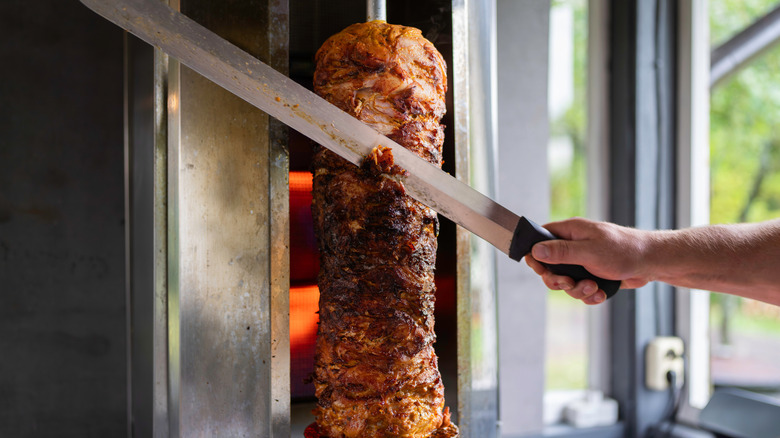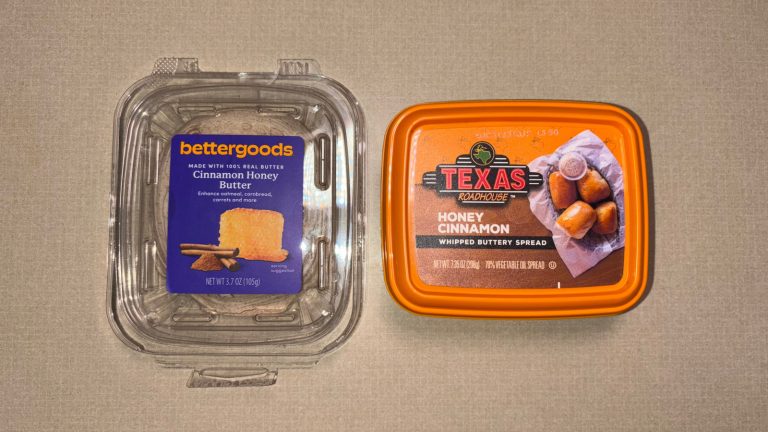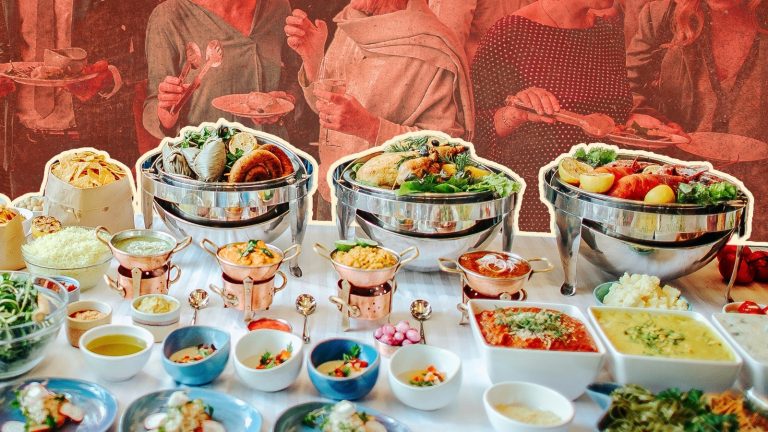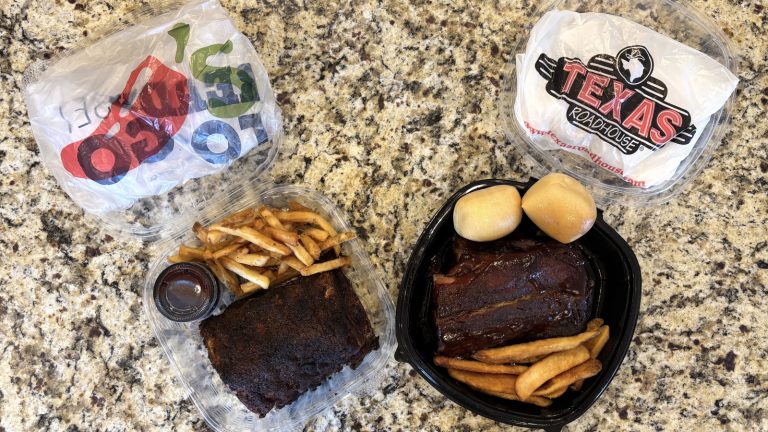No matter where you are in the world, chances are you’re not too far from a shop, cart, or hole-in-the-wall joint with a big hunk of meat turning on a stick. In France (and Costco), you have fresh rotisserie chickens; in Turkey, it’s the famous döner kebab; and in Greece, it’s known as gyro. This classic dish is traditionally made with lamb, chicken, or even ground beef that’s layered and slow cooked on a spit, becoming deliciously crisp and caramelized on the outside whilst remaining juicy and tender within. It’s then shaved into thin strips as it cooks that are stuffed into pita or flatbread. There’s an art to the perfect gyros, though, and that starts with choosing the right cut of meat. To find out more, we spoke to Wissam Baki, executive chef at AMAL.
“The best cuts of meat for gyros or shawarma are typically top round or lamb leg for red meat, and chicken breast for poultry,” he exclusively told us. These are leaner cuts, so adding more fat to the mix improves things: “A classic technique involves adding citrus peels to the marinade, along with a bit of lamb fat. The fat not only adds rich flavor, but also helps keep the meat tender as it cooks.” He continued, “when layering the meat on the spit, pieces of fat are placed between the slices. As it cooks, the fat melts and its juices drip down, basting the meat and intensifying its flavor.”
Cuts of meat you should avoid using for gyros
Though chicken breast is a slightly leaner cut, it’s a great choice when cooking gyros with poultry. When you’re cooking red meat, such as lamb or beef, it’s a much better idea to lean fattier to get the most in terms of flavor and texture. “It’s best to avoid lean cuts like tenderloin for gyros, as this cut lacks fat, is very lean, and [is] already naturally tender,” Wissam Baki told us. Fat means flavor as any chef should tell you, so packing your gyros with more of it is only going to improve things — especially because any excess drips off as the meat cooks or is reabsorbed to add extra flavor. “Gyros require more flavorful, well-marbled meat, and adding fat helps keep the meat juicy and flavorful throughout the roasting or grilling process.”
What if you do use a less-than-ideal cut? “Using the wrong cut of meat can result in a dry, tough texture and a lack of rich flavor,” Baki explained. “It can become chewy, stringy, and difficult to slice — almost rubbery.” Not every cut that’s typically prized for its fat content and tenderness works here, so it’s worth doing your research if you’re planning on making gyros at home. “For example,” Baki said, “a lamb shank is excellent for slow braising but not suitable for roasting or grilling, as it needs time and moisture to become tender.”






